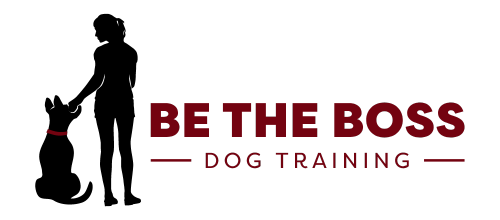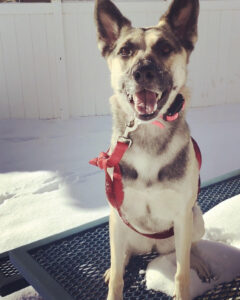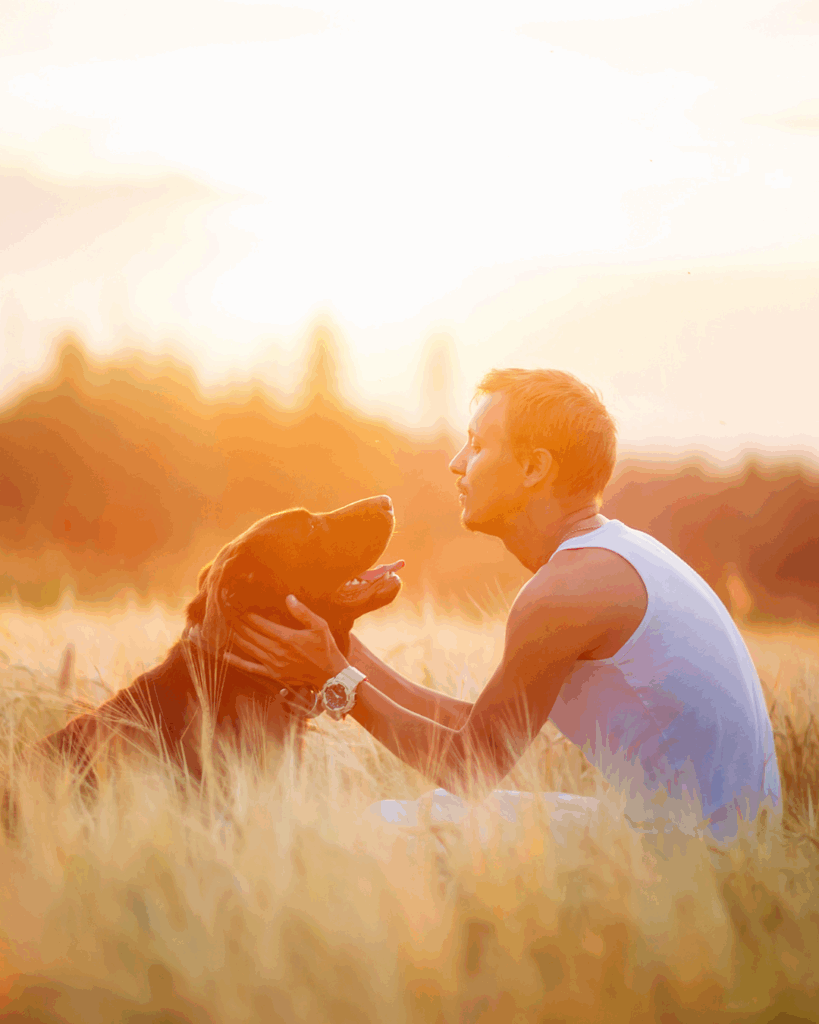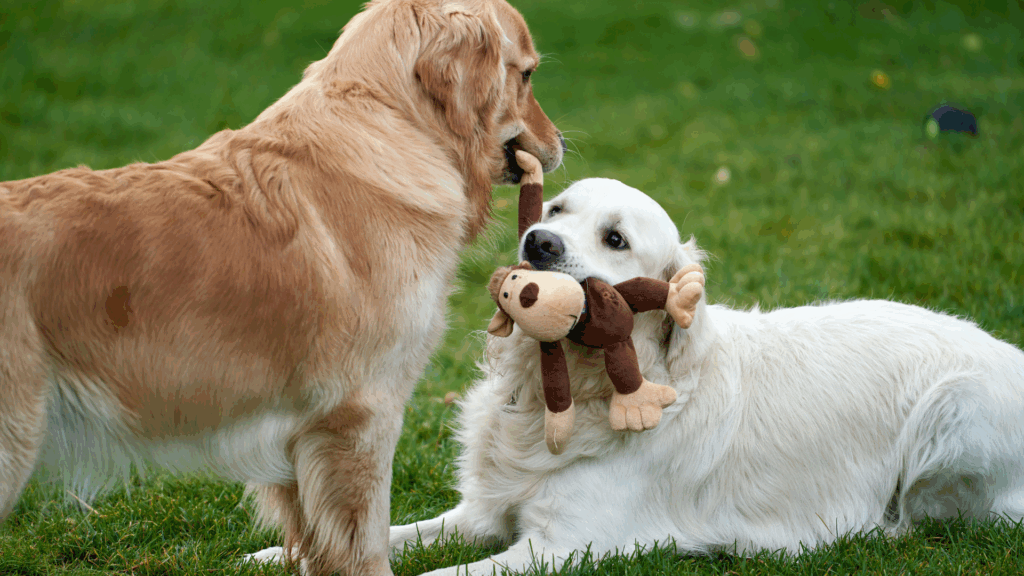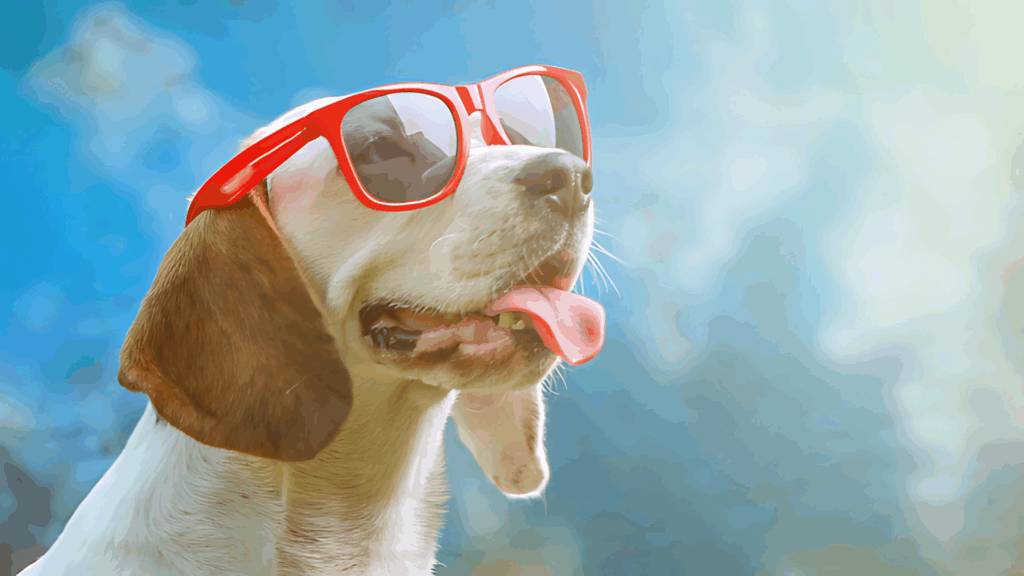It took me about 15 minutes to pound this out. I wanted everyone to know what top 5 commands I teach and the benefits of each.
I could say this about each command: Dogs CRAVE structure. They LOVE to be given a job. It gives a dog peace of mind when they know WHAT they are supposed to do…WHEN they are supposed to do it…and for HOW LONG they need to hold the command.
All of these commands reduce anxiety, curb (most) aggression and enable two-way communication between you and your dog.
Read this and then visit my webpage! Thanks!
www.bethebossdogtraining.com
HEEL (NO PULLING ON LEASH)
- Stops strain on arms and back
- Stops injury to dog’s neck
- Reduces blood pressure when you think about walking the dog
- MOST IMPORTANT: The dog learns to respect you
PLACE (STAY IN ONE SPOT)
- Reduces anxiety by giving the dog a job to do
- Stops the dog from counter surfing, eating things off the floor, jumping on guests, jumping on the kids, running out the door
- Keeps the dog out from underfoot when cleaning, laundry or doing homework with the kids
THRESHOLD (NOT GOING THROUGH DOORS)
- Stops dog from running out the door when it opens
- Lets me get my keys out of my pocket on the doorstep without getting tangled in the leash
- Lets me hold the baby while I lock the door and the dog doesn’t take off and chase the neighbor’s cat
- I can buckle the baby in the car while the dog waits patiently to get in
- The dog needs to look to me for guidance
DOWN (LAY DOWN)
- I can go to Starbucks and enjoy my drink outside with my dog
- Gets the dog temporarily out of the way while I’m talking to my neighbor
- Gives the dog a job to do while you are at the park with the kids so the dog doesn’t start chasing the children or cat or other animal
- I can write this article while the dog lays at my feet
KENNEL UP (GO INTO YOUR CRATE)
- Crates give dogs peace of mind. It takes away the responsibility of so many choices.
- Stops the dog from tearing up items in the house while you’re away
- Stops the dog from peeing in the house while you’re away
- Stops the dog from barking at the window while you’re away
- Teaches the dog that there is a time to be calm
